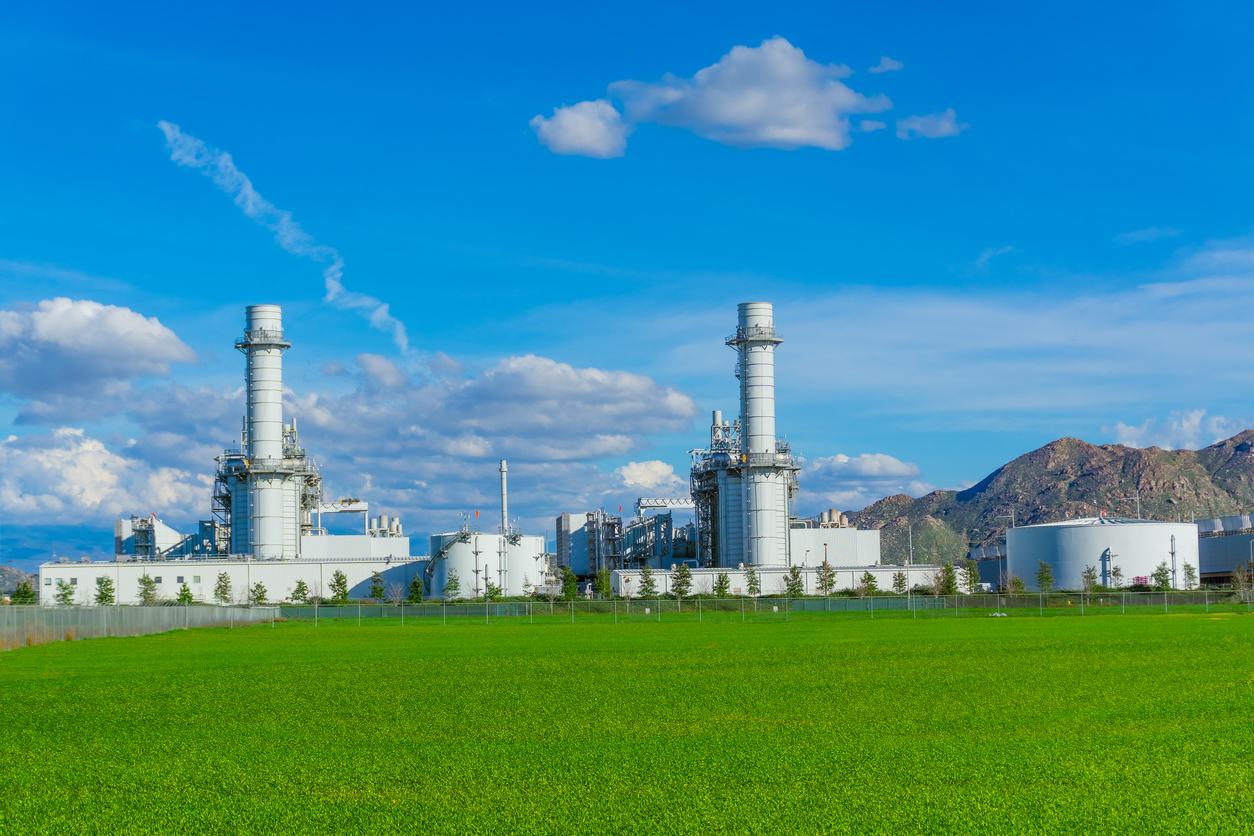Momentum toward 100 percent clean energy in California is picking up pace. California’s use of clean energy is growing faster than anticipated, which is great news if you like things like clean air, good jobs, or the promise of a climate safe future. While clean energy has garnered much of the attention, an equally amazing story is unfolding when it comes gas plants.
For years, advocates like the Sierra Club and other allies have fought proposals for gas plants across the state. That work is now paying off as new projects stall out. For example, the California Energy Commission suspended plans for the Puente Power Plant, a proposed gas plant in Oxnard. Regulators found that renewables and energy storage could provide the same services. Meanwhile, the Los Angeles Department of Water and Power continues its review of alternatives to three local gas plants in Los Angeles.
Of course, stopping new gas plants prevents the state from making our reliance on fossil fuels worse, but we still have more than 150 gas plants polluting our communities across the state. It’s with that backdrop that the California Public Utilities Commission (CPUC) now builds on California’s progress with plans to order Pacific Gas & Electric (PG&E) to buy renewable energy and energy storage instead of extending contracts with three gas plants.
Here’s the background: Last year, the owner of three plants (Yuba City, Feather River, and Metcalf Energy Centers) told regulators that it would retire three northern California power plants owing to low market prices. Despite being relatively new power plants, they are not operating enough to be profitable. California’s transmission grid operator determined that no other resources could provide necessary local services in the event of an emergency and awarded the plants lucrative reliability-must-run contracts. Under this type of contract, ratepayers cover all costs of running those plants in exchange for the ability to call upon those plants sin the case of an emergency. Where only one resource is available to provide local grid services, the lack of competition can lead to market distortions and increased energy costs.
Traditionally, gas plants have provided three distinct grid service. First, and most obviously, they produce electricity. Second, they provide dependable capacity, meaning that, generally speaking, whenever you call upon them, they will be there for you. They don’t run often and serve as a backup resource for the grid. Finally, gas plants help manage the flow of power through the grid, providing reliability or ancillary services. Thanks to renewable energy and efficiency, there is no need for new gas plants to produce additional electric generation. But, gas developers long argued that only gas plants could provide those two other services. Clean energy advocates, environmentalists, and others strongly disagreed and that, in a nutshell, is what the past five years of debate over new gas plants has focused on. First, can renewable energy and storage provide all three of those services? Second, can those clean technologies do it at a competitive rate? With this resolution, the CPUC is saying yes they can.
Regulators said in a press release Wednesday that any potential needs the natural gas plants provide can be met with clean energy, particularly battery storage.
"Energy storage is a clean energy resource that can be fast-responding, reliable and constructed in a short time frame," the commission said in its statement.
The resolution orders a speedy resolution to that lack of competition by ordering PG&E to solicit new renewable generation or energy storage facilities to satisfy local needs. If adopted, this resolution would deliver a series of benefits above and beyond local grid services. By directing the purchase of new, nonemitting resources, the resolution would remove a lifeline to uneconomic gas plants, reduce greenhouse gas pollution, and improve local air quality.
It would also mark an understanding that the electrical grid does not require fossil fuels in order to be reliable. Rather, renewables and energy storage resources can provide the ancillary services necessary to a stable grid, including voltage control and local capacity. The Metcalf Energy Center is a big power plant, providing 580 MW of net capacity. That regulators feel comfortable replacing it with clean energy and storage shows just how mature and viable the storage industry in particular is today. The Sierra Club has championed this vision of the electric grid for years, and this resolution proves that vision is increasingly shared by California regulators.
The CPUC will decide on January 11, 2017 whether to pass this resolution and order PG&E to buy clean resources instead of relying on gas plants. If the resolution passes, California will take another important step in decarbonizing its electric grid and prove that there are fewer and fewer reasons to hang on to gas. A cleaner, reliable alternative exists with renewable energy and energy storage.
